Abstracts
Downloads:
Cost:
PowerMEMS School Abstracts
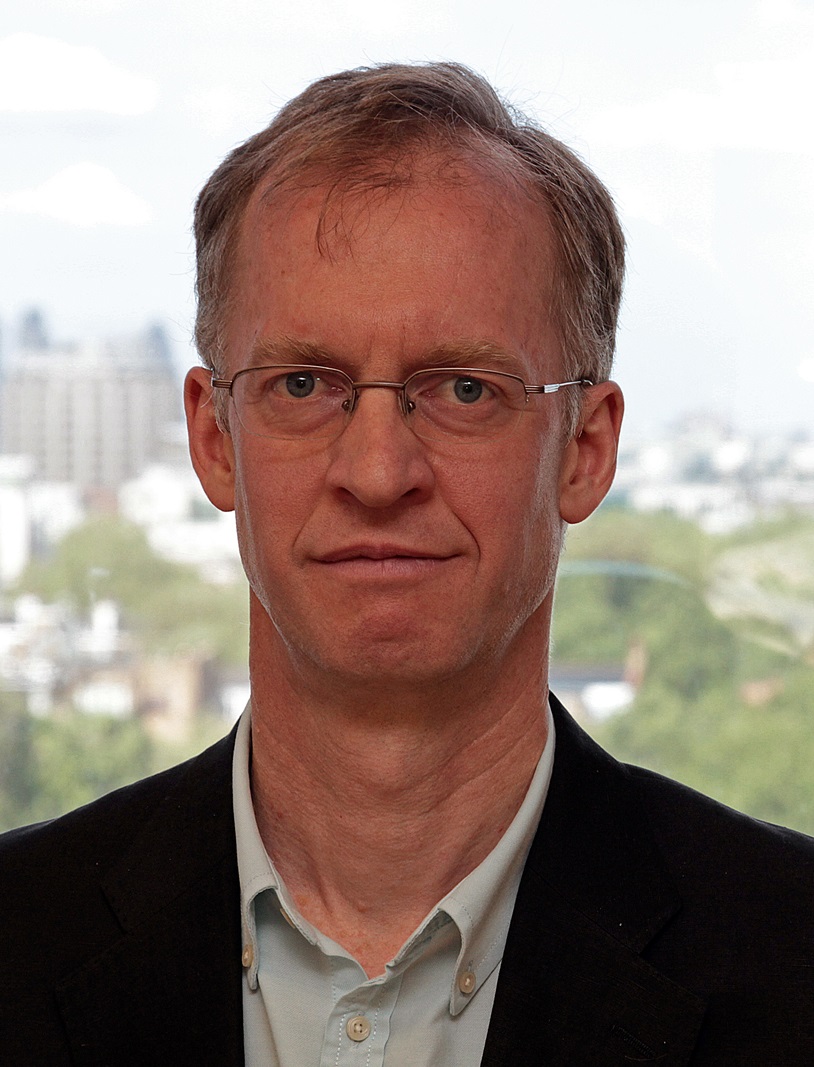 PowerMEMS Overview - Eric M. Yeatman
PowerMEMS Overview - Eric M. Yeatman
The Power MEMS subject focuses on energy conversion and processing at the miniature, micro and nano scales. As an introduction to the detailed presentations that follow, this talk will give a qualitative overview of the key technologies and principles in the field, with some historical background. We will consider miniature power sources, including fuel cells, heat engines of various types, and energy harvesters, as well as stored energy technologies. Wireless power transfer will also be introduced, as well as interface electronics, particularly for unconventional power sources. Finally, we will examine key application areas for Power MEMS, and how these are being assisted or enabled, or may be in the future, by developments in the field.
------------------------------------------------------------------
 Thermoelectric Energy Harvesting - Douglas J. Paul
Thermoelectric Energy Harvesting - Douglas J. Paul
Thermoelectrics convert thermal energy into electrical energy using the Seebeck effect. Whilst heat is ubiquitous and easy to harvest into electricity, the efficiencies are still some way below the Carnot efficiencies for a given temperature difference across a thermoelectric generator. This tutorial will provide an overview of the key issues affecting the efficiency and power that can be obtained from thermoelectric materials and generators. Examples will be given of how to characterise thermoelectric materials to obtain the electrical conductivity, thermal conductivity and Seebeck coefficients which together produce the figure of merit ZT. A review of how low dimensional structures can improve the performance by enhancing ZT will be undertaken. Examples of available modules and the issues required to design efficient modules will be presented. The present applications such as Peltier coolers and the potential future applications such as automotive energy harvesting will be reviewed demonstrating the key parameters required to be optimised for high performance generators.
------------------------------------------------------------------
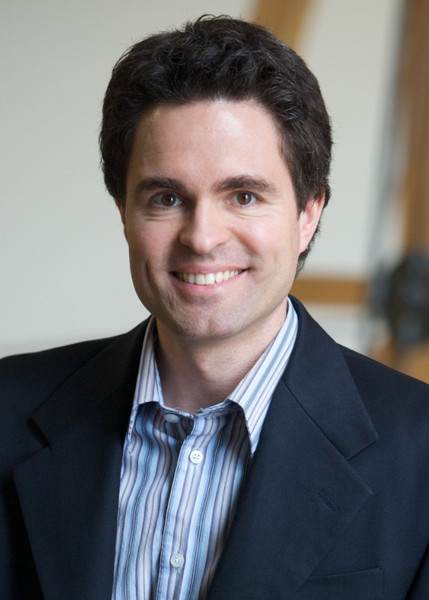 MEMS Turbines and Heat Engines - Luc G. Fréchette
MEMS Turbines and Heat Engines - Luc G. Fréchette
At large scale, most of our power is provided by engines that convert heat from combustion or nuclear reactions into electricity or propulsion. Is this approach also applicable at the micro scale using MEMS-based heat engines? This short course will address this question by presenting the effects of scaling on heat engine performance and providing an overview of key MEMS technologies that have been developed to enable this approach at small scale. Topics will range from thermodynamics, heat transfer and fluid dynamics, mechanics and machine elements (bearings, seals), electromechanical conversion, as well as microfabrication and system implementations. The devices covered will include micro gas turbine engines, micro steam turbines, and thermally-driven reciprocating machines, ranging from the microwatt to the multi-watt scale.
------------------------------------------------------------------
 RF-energy Harvesting and Power Transfer - Huib Visser
RF-energy Harvesting and Power Transfer - Huib Visser
In this lecture we will take a detailed look at far-field RF power harvesting and transfer. After discussing the expected RF power densities in the ambient we will discuss the design of a rectenna (i.e. a rectifying antenna) in detail. We will start with an analysis of the rectifier and from these results we will put constraints on the load and on the antenna. The load and antenna will be discussed next. Then, we will briefly introduce the propagation channel and constraints that follow for the transmit antenna in an intentional RF power transfer system. Finally we show some examples and mention future developments at a.o. Holst Centre / imec.
------------------------------------------------------------------
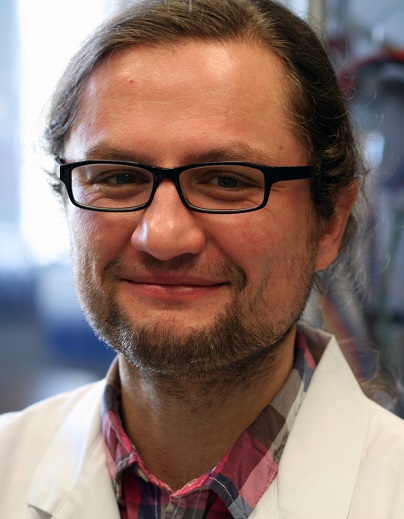 Micro- and Biofuel Cells - Sven Kerzenmacher
Micro- and Biofuel Cells - Sven Kerzenmacher
This lecture will give an introduction to μ-scale fuel cell systems with focus on biofuel cells and energy harvesting.
Biofuel cells are a particularly attractive possibility to generate electricity from a variety of (bio-) chemical fuel sources available in the environment. For instance, implantable biofuel cells can operate on blood sugar from human body fluid to supply medical implants, whereas microbial fuel cells are currently being developed to power energy-autonomous robots.
At the beginning of the lecture, the different fuel cell concepts and their current and future application scenarios will be presented. Subsequently, meaningful and reliable methods for the study of such systems will be introduced. The session will close with the discussion of selected engineering design aspects and applicational challenges.
------------------------------------------------------------------
 Supercapacitors - Xuyuan Chen
Supercapacitors - Xuyuan Chen
Remote sensing and sensor networks with wireless architecture are enabling technologies for, to list a few, remote control and monitoring as well as Internet of things. When it is required to snip the wires, including power cords, while supplying perpetual power to the system, an independent power source matching sensor lifetime is needed. A typical micropower system is a micropower harvester integrated with an energy storage device - structured in MEMS/NEMS.
For the energy storage, an ideal storage device should be characterized by both high energy density and high power density. This is unfortunately not the case for most of the energy storage devices. Batteries normally have high energy density, but poor power density. In contrary, capacitors have low energy density, but high power density. However, supercapacitors could be the solution for having high power density and significant increased high energy density. For the micropower source to match sensor lifetime, it is natural to have the MEMS supercapacitors as the energy storage device.
This tutorial will start with providing a general introduction on the working principle, material systems, and configuration of the supercapacitors, followed by an overview of state of the art MEMS supercapacitors. Thirdly, we will present the recent research work on 3D MEMS supercapacitors, in which we will discuss 1) design of MEMS supercapacitors; 2) material development for MEMS supercapacitors; 3) microfabrication processes, such as, electroplating and electrochemical polymerization; 4) design optimization in terms of supercapacitor system configuration (electrolyte, electrodes); 5) process integration and device fabrication.
------------------------------------------------------------------
 Micro Batteries - Robert Hahn
Micro Batteries - Robert Hahn
During the next years many energy autarkic micro systems will be developed, which relay on energy harvesting. In most cases the time, duration and power level of the converted ambient energy is different from the systems power demand. Therefore a means of temporary energy storage is required in nearly all energy harvesting configurations. For that purpose, capacitors, super capacitors or secondary batteries can be used as an electrical buffer.
Lithium ion battery technology has matured vast during recent years. Current capability, life time and cycles of several materials are sufficient for energy autarkic systems. On the other hand pouch packaging of lithium polymer batteries and coin cell housings cannot be miniaturized and integrated as desired. A better miniaturization can be obtained with solid state thin film batteries.
The presentation is divided into three parts: At first the electrochemical basics, materials and construction of lithium ion batteries will be explained.
Second, a review of state of the art lithium secondary batteries is given with focus on micro batteries for energy harvesting. These batteries should show a high power-pulse capability, high energy density, long life time, low self-discharge and should be packaged for integration into the system.
The third paragraph focusses on current micro battery research. Several fabrication methods and structures which would be inapplicable for mass fabrication of large battery cells can be used for micro batteries. For example in case of solid state thin film batteries, all battery layers are deposited in a vacuum process. Since liquid electrolyte is eliminated, the batteries show high temperature stability and very good long term behavior.
Micro patterning technologies are used to realize 3D battery concepts. Here the electrode surfaces are increased significantly which translates to high power performance.
At Fraunhofer IZM a concept has been developed which combines state of the art lithium battery electrode materials with 3D silicon wafer level processing. All available high performance electrode materials can be used as long as they can be processed in form of pastes for dispensing or screen printing. Inter digital electrode structures were fabricated with micro patterned separator structures. Manufacturing is straight forward since all electrodes are on the same planar layer at the wafer and can be deposited simultaneously.
------------------------------------------------------------------
 Inductive Power Transfer - Joshua R. Smith
Inductive Power Transfer - Joshua R. Smith
After providing a brief overview of the research in my Sensor Systems Laboratory, I will present our work on inductive wireless power transfer. Coupled resonators allow large amounts of power to be transferred over longer distances than traditional inductive wireless power transfer systems. I will describe frequency tuning and adaptive impedance matching, techniques that maintain high power transfer efficiency despite changes in coil range, coil orientation, and load. I will briefly compare 2, 3, and 4- coil wireless power transfer systems, and then discuss optimal coil size ratios. Finally, I will present applications in biomedical electronics, consumer electronics, and micro-robotics.
------------------------------------------------------------------
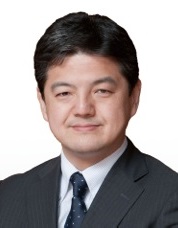 Electrostatic Vibration Energy Harvesting - Yuji Suzuki
Electrostatic Vibration Energy Harvesting - Yuji Suzuki
This lecture covers theory, design, and fabrication of vibration energy harvesting using electrostatic induction with a focus on electret generators. Although electret has been commercialized for microphones over the last several decades, it application to power generation requires a number of improvements in electret materials, charging technologies, and electrode design. Electromechanical modelling of electret generators is discussed, and micro-fabricated prototypes with different design are introduced.
------------------------------------------------------------------
 Piezoelectric Vibration Energy Harvesting - Daniel
J. Inman
Piezoelectric Vibration Energy Harvesting - Daniel
J. Inman
The basics of piezoelectric transduction are presented as it pertains to harvesting energy from vibration. The lecture starts with the simplest model for vibration energy harvesting and increases complexity as called for in various different applications. Simple models can give a quick idea whether or not piezoelectric based harvesting is a viable solution while more detailed models are required for accurate predictions. A variety of applications are intertwined with the introduction of basic principles with the goal of illustrating what models should be used for a given situation. Applications considered include providing power for structural health monitoring, vibration suppression, gust alleviation and running medical devices. Both linear and nonlinear models are presented.
------------------------------------------------------------------
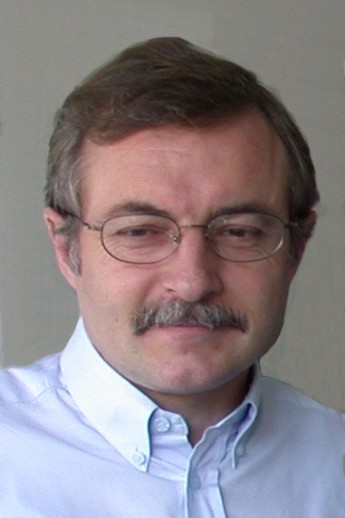 Microfabrication and Film Deposition - Paul Muralt
Microfabrication and Film Deposition - Paul Muralt
There are two major piezoelectric thin film materials families for MEMS devices. One is the family of the polar wurtzite structures with the compounds AlN and ZnO, the other is the family of ferroelectric perovskites with the most prominent compound Pb(Zr1-x,Tix)O3 (PZT). To categorize for harvesting, one can note that the wurtzites care good to achieve high voltages, and the perovskites are good for harvesting high currents. The lecture will give an introduction to deposition processes of both material families, focusing on AlN and PZT. For both there are sputter deposition processes available. PZT is also synthesized by sol-gel routes. Integration and patterning issues will be addressed. Materials, dimensional and electrode issues are discussed with respect to energy harvesting from vibrations or pull and release operational modes. An overview is given on the achieved results so far.
------------------------------------------------------------------
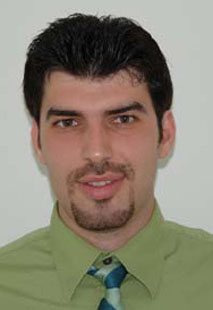 Fundamentals of Flow Energy Harvesting - Mohammed F. Daqaq
Fundamentals of Flow Energy Harvesting - Mohammed F. Daqaq
In recent years, many new concepts for micro-power generation have been introduced to harness wasted energy from the environment with the goal of maintaining low-power consumption electronics. Generally, such systems aim to provide a cheap and compact alternative power source when battery charging or replacement is expensive, time consuming, and/or cumbersome. Among such concepts, flow energy harvesting has recently flourished as a major thrust area. Its basic principle lies in channeling energy from a moving fluid to a mechanical oscillator by coupling the dynamic forces culminating from the motion of the fluid past the oscillator to its natural modes of vibration. As a result of this coupling, the oscillator undergoes large amplitude motion which can be transformed into electricity using an electromechanical transduction mechanism, e.g., piezoelectric, electromagnetic, or electrostatic.
This talk introduces and delineates the fundamental mechanisms by which energy can be channeled from a moving fluid to a mechanical structure. These include galloping, wake galloping, vortex shedding, flutter, and Helmholtz type resonance. The talk then describes, using simple mathematical and physical concepts, the conditions necessary for the onset of structural oscillations in each of the aforementioned mechanisms. Examples from the open literature are concurrently provided to describe the design and actual implementation of flow energy harvesters with the goal of quantifying and comparing their efficacy.
------------------------------------------------------------------
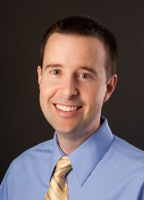 Electrodynamic Vibrational Energy Harvesting - David P. Arnold
Electrodynamic Vibrational Energy Harvesting - David P. Arnold
This session will provide an overview of the theory, design, and fabrication of electrodynamic vibrational energy harvesters, which generate power via the relative motion between magnets and conductors. Common architectures and a few examples will first be described. Then, some scaling and manufacturing considerations will be discussed, in the context of reducing the energy harvester size. This will be followed by a discussion of methods for modeling and design of the energy harvester performance. Practical design and fabrication tips will be shared throughout.
------------------------------------------------------------------
 Energy-harvesting Integrated Circuits - Gabriel Alfonso Rincón-Mora
Energy-harvesting Integrated Circuits - Gabriel Alfonso Rincón-Mora
Wireless microsensors and other miniaturized electronics cannot only monitor and better-manage power consumption in emerging small- and large-scale applications (for space, military, medical, agricultural, and consumer markets) but also add energy-saving and performance-enhancing intelligence to old, expensive, and difficult-to-replace infrastructures and tiny contraptions in difficult-to-reach places (like the human body). The energy these smart devices store, however, is often insufficient to power the functions they incorporate (such as telemetry, interface, processing, and others) for extended periods. Still more, replacing or recharging the batteries of hundreds of networked nodes is costly, and invasive in the case of the human body. Harvesting ambient energy to continually replenish a battery and wirelessly harnessing radiated energy periodically are therefore appealing alternatives, even if the development of relevant technologies today is, in relative terms, at its infancy. This talk discusses the state of the art and current research efforts in harnessing and conditioning energy and power from miniaturized transducers with integrated circuits (ICs).
------------------------------------------------------------------
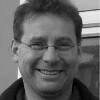 Energy Harvesting Metrology - Paul Weaver
Energy Harvesting Metrology - Paul Weaver
Measurement of energy harvesting performance is critical to research and development, product and materials assessment and quality management. This tutorial will focus on the measurement of energy harvesting performance relating to electro-mechanical and piezoelectric energy harvesting. The presentation will review the concepts of energy, power and efficiency in relation to these energy harvesting technologies. It will then provide an overview of measurement techniques and best practice, alongside a description of state of the art measurement facilities at NPL. The tutorial will be concluded by consideration of some of the measurement challenges in energy harvesting and development of standards, and future metrology development.